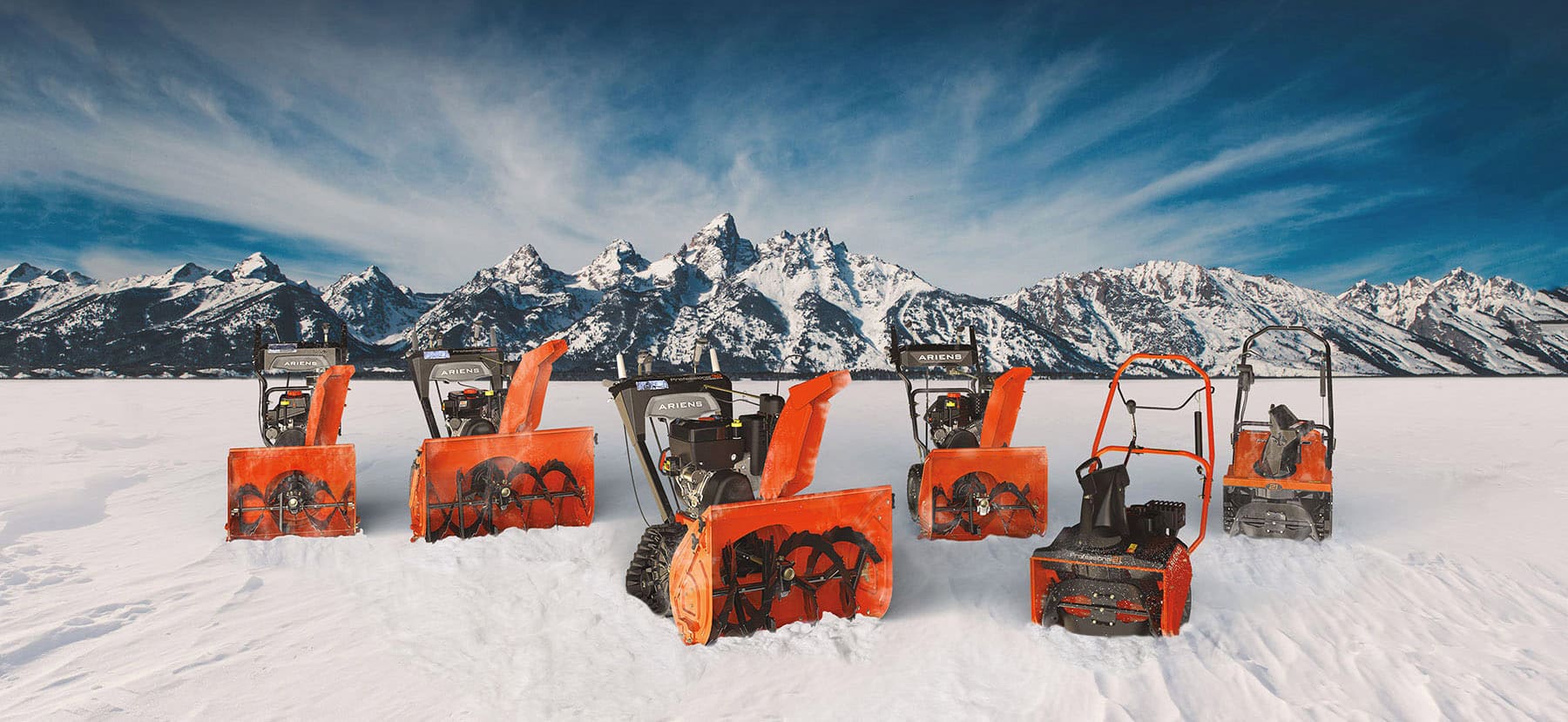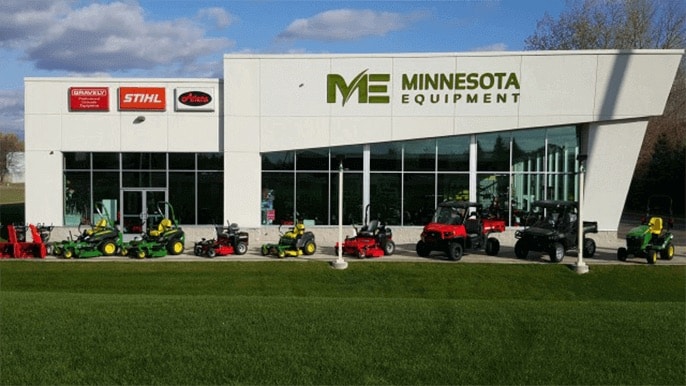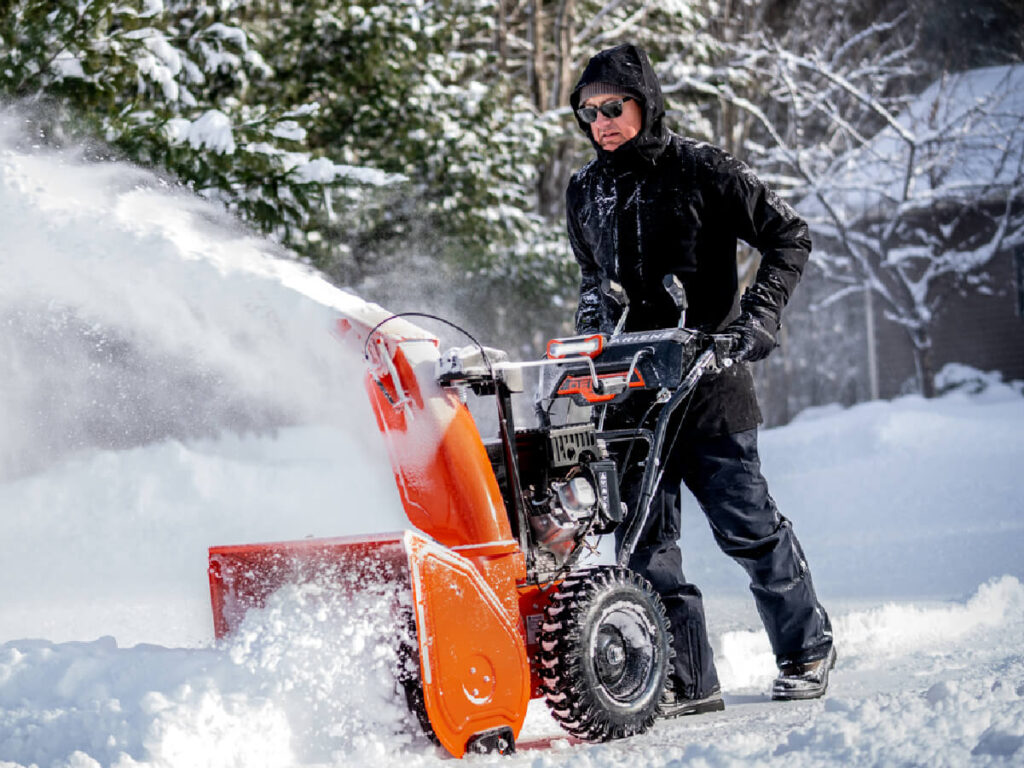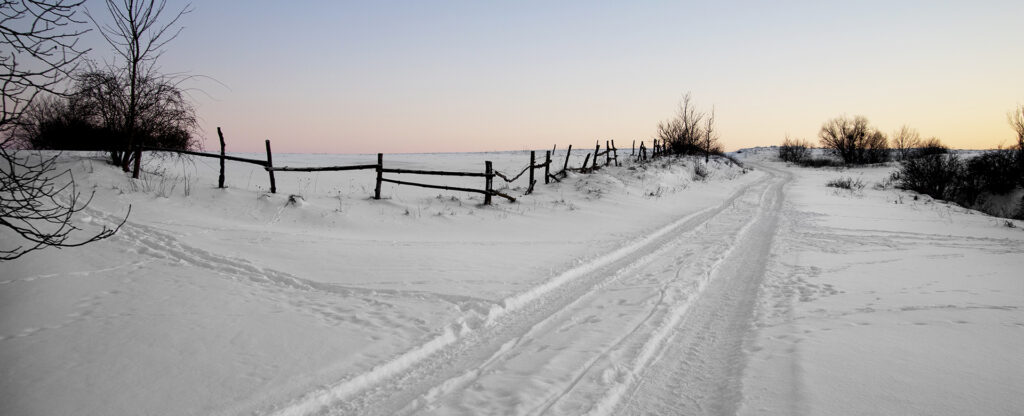
Snow removal is an essential part of winter maintenance, ensuring roads, sidewalks and driveways remain safe and passable. But have you ever wondered how snow removal equipment has evolved over the years?
Pre-1800s
It’s hard to believe for us Minnesotans, but snow removal was not always the concern it is today. In the days of horse-drawn vehicles, snow could actually be useful for transportation. Wagon drivers would switch out the wheels on their carriages for ski-like runners, helping them glide across the snow.
The first reference to snow plows dates back to 1792. These early contraptions were horse-drawn wedge plows made of wood. Communities also utilized snow rollers, which are essentially large, weighted wheels pulled by oxen or horses to smooth out snow, rather than remove it, similar to flattening snow on a ski slope.
Mid-1800s
The mid-1800s saw the introduction of horse-drawn snow plows designed for clearing alleys and streets with heavier foot traffic. In 1862, Milwaukee became the first city to adopt the use of snow plows, a much more convenient alternative to shoveling by hand.
In 1869, J. W. Elliot of Toronto designed a rotary snow plow, an early relative of the modern slow blower. Its rotary engine drove a wheel rimmed with flat blades, tossing the snow through the top of the housing. Amazingly, it was around 15 feet tall and designed for the front of a train engine.
The infamous Blizzard of 1888, one of the most severe recorded blizzards in American history, taught cities a hard lesson about snow preparedness. It impacted the East Coast, from Chesapeake Bay to Maine, and parts of Eastern Canada. Some areas were buried under 50 inches of snow, and drifts reached up to 40 feet. Horse-drawn plows were inadequate; cities were prompted to hire more plows and assign routes, clearing roads earlier during storms.
Early 1900s
As automobiles replaced horses on US roads, the snow removal landscape changed dramatically. Simply packing down snow would no longer work – we needed dry, clean streets for safe travel.
The early 1920s saw the introduction of car-mounted snow plows, invented by Hans and Even Øveraasen of Norway. These revolutionized urban snow removal, especially for cities.
In addition to plows, a new snow removal system was entering the market – snow blowers. In 1925, Arthur Sicard completed his first snow blower prototype, based on a concept he’d described in 1894. His machines removed snow in what is now a borough of Montreal.
Snow blowers were later revised by William P. Murphy, Jr., a high school student from Boston. Murphy’s model was the first person-powered snow blower, as opposed to Sicard’s, which was attached to the front of a truck.
1950s and Beyond
Toro sold the first commercially successful line of personal snow blowers in 1952. These machines were capable of clearing snow up to 1’ tall. Ariens entered the snow thrower market for home snow removal in 1960. Both brands have sold millions of blowers and, thanks to their quality and durability, are still popular to this day.
In the 21st century, snow removal equipment is more sophisticated than ever. Advanced snow plows with GPS technology and heated blades are now commonplace, and many snow blowers are equipped with features such as an electric start, auto-turn, anti-clogging systems and exceptional clearing widths. It’s all a testament to human ingenuity and the relentless pursuit to make winter more bearable.
Handle Snow Like a Pro
From the early days of horse-drawn vehicles to modern machines, each piece of snow removal equipment has played a role in keeping our communities safe during the winter.
At Minnesota Equipment, we are dedicated to providing the best snow removal equipment on the market. Our single- and two-stage Toro and Ariens snow blowers are designed to meet your needs and help you tackle the winter season with confidence. Shop our selection today.


 MyME
MyME



